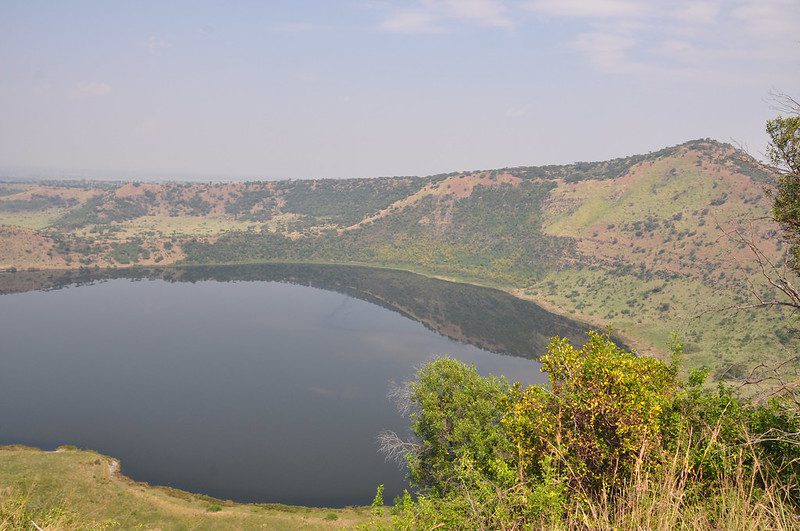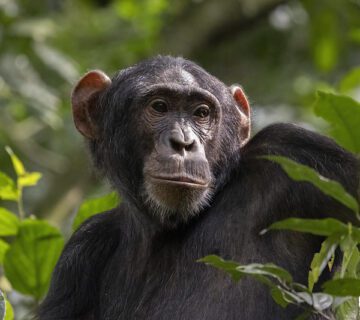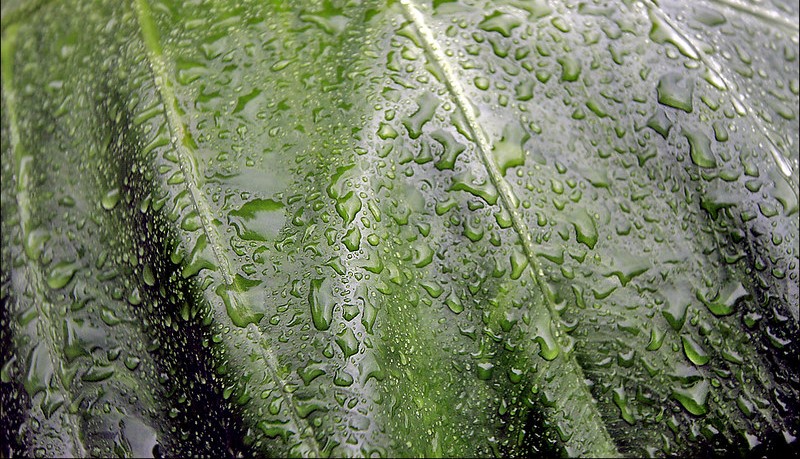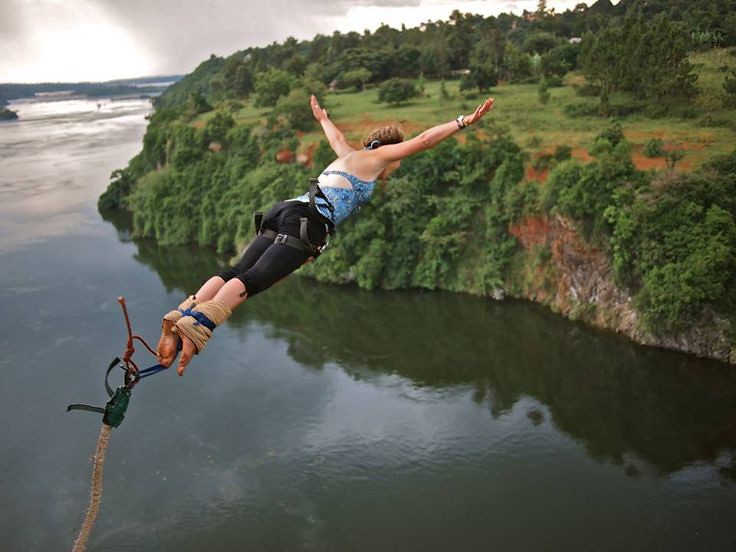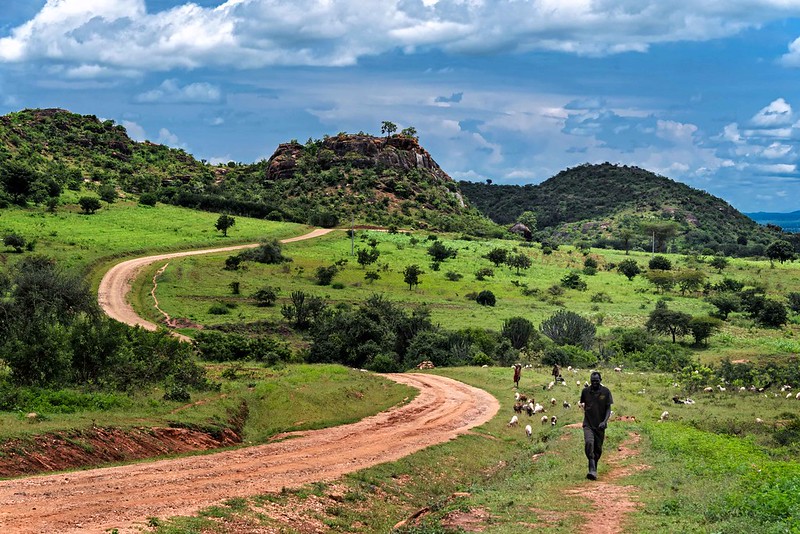You will be able to notice all the dispersed lakes that are found along the well-established pathways known as the crater trail when you clearly examine the map of Queen Elizabeth National Park. The crater training in western Uganda also includes the Kibale Forest National Park and the foothills of the Ruwenzori Mountain, where you will observe several craters as you follow the crater path, which is beneficial to your experience.
There are several activities that can be done alongside the Katwe crater lakes and the various tourists that can be done through the crater trail include hiking safaris, biking safaris, guided nature walks, boating safaris, and fishing among the various animals.
Several crater lakes are still emitting foul-smelling sulphurous vapours, signalling the possibility of an ejection. The three largest pit lakes in Queen Elizabeth National Park are Katwe Crater Lake, where salt is exposed, Bunyaruguru Crater Fields on the Kichwamba hill, and Ndali-Kasenda Crater Fields in Kibale National Park. This is an excellent method to enhance the visitor experience.
The formation of crater lakes in Queen Elizabeth National Park
The crater lakes in Queen Elizabeth National Park are the product of volcanic activity, and they developed around 8000 years ago. Volcanic activity resulted in the construction of crater lakes and domed volcanic structures as a consequence of molten lava moving from deep inside the ground due to pressure and then blowing the surface of extinct volcanoes. Rather of building a volcanic cone, the magma shoots further away from the vent, generating a large bowl surrounded by a rough, rock trash, and magma domain.
The crater lakes provide many safaris and activities that can be done around the crater lakes, and the safari activities that can be done surrounding the crater lakes may be quite exciting.
The Bunyarugu safari crater lakes, located south of Lake George, have both saline and freshwater levels. These lakes are located in Uganda’s western region, on the western boundary of the Queen Elizabeth National Park. Bunyaruguru has about 20 locations, with the bulk of crater lakes lying in the Kichwaba escarpments, which share a boundary with Queen Elizabeth National Park. The crater lakes are covered in lush flora, and Lake Nkugute, which is gorgeous and fills the whole crater, is located in Bunyaruguru. The lake can be seen from that side of the Mbarara-Kasese high road.
There is also the Ndali-Kasenda Crater Circuit, which you will come across if you want to tour Queen Elizabeth National Park‘s crater lake. Your study and experience of the ancients developed in the Ndali-Kasenda crater lakes by strolling since there are several pits over a ten-kilometre stretch extending from Kibale to the fortress gates is both fascinating and exhilarating.
Along the Ndali-Kasenda Crater Lake path, you may undertake mountain hiking or trekking in Bwindi Impenetrable Forest National Park. There is the well-known World Crater Trail, a 3-hour guided walk through the pit region with views of the well-known heaps of the moon and mountain Rwenzori, the tea manors, the Kibale tropical jungle, and a variety of other attractions.
The well-known lake Katwe Crater Lake is a fascinating and picturesque crater lake located in the northern section of the Mweya peninsular, near the UWA information centre. As you travel to the Katwe Crater Lakes, you will bypass the Katwe Kabatooro town council gate. As you make your way to the Katwe Crater lakes, you will travel through the national park’s physical and visual wonders.
Other views along the cavity drive include the fracture valley from all sides, all before the mountains of the moon; the western break valley and its ledges; the mountains of the moon; Lake George, Lake Edward, and the Kazinga Channel that joins the final two lakes.
The most intriguing views will occur when you approach the salt lake Katwe, which has been a part of Queen Elizabeth National Park for a long time. This lake is well-known for its salat mining method, and the miners that extract salt from the lake, the majority of whom are ladies, will astound you. Protecting their private regions as a precaution against the detrimental effects of salt on their genitals.
The volcanic activity at Queen Elizabeth National Park has been going on for a long time, and tourists may now enjoy all of the safari activities, including the crater lakes. Please attempt to engage in additional safari activities like as monkey tracking, game drive safaris, and other exciting excursions, not to mention boat cruises on the Kazinga channel.

